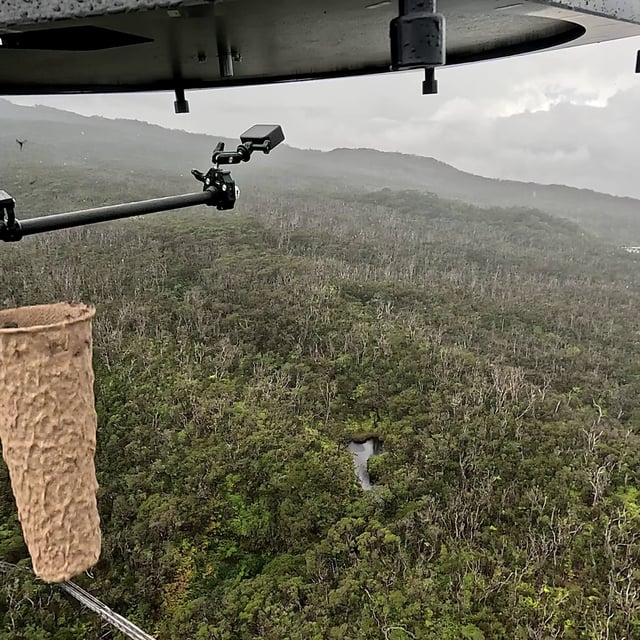Overview
- Drone tests launched in April have demonstrated that unmanned aircraft can deposit about 23,000 Wolbachia-infected mosquitoes per flight, offering safer on-demand releases compared with helicopters.
- The lab-reared males carry a Wolbachia strain that causes eggs from wild females to fail to hatch, applying the incompatible insect technique to reduce malaria-transmitting mosquito numbers.
- The Birds, Not Mosquitoes coalition has released over 40 million sterile male mosquitoes across Maui and Kauai since late 2023 to curb the spread of avian malaria.
- Avian malaria, introduced by non-native Culex quinquefasciatus mosquitoes, has imperiled Hawaii’s honeycreepers, with only 17 of more than 50 native species still surviving.
- Rising temperatures are driving mosquitoes into high-elevation forests, intensifying pressure on critically endangered species such as the kiwikiu and ʻakekeʻe.
